Virat Kohli‘s inclusion in the national T20I team has been a topic of discussion for a long time now, and those who follow the game, knew that it was a long time coming. Simply because this is how things work when a sport becomes ‘culture’, capturing the imagination of an entire nation.
To be truthful, there is a lot of oversimplification currently in practice as far as the analysis of Virat’s performance is concerned, and people may want to look at the numbers before making sweeping statements.
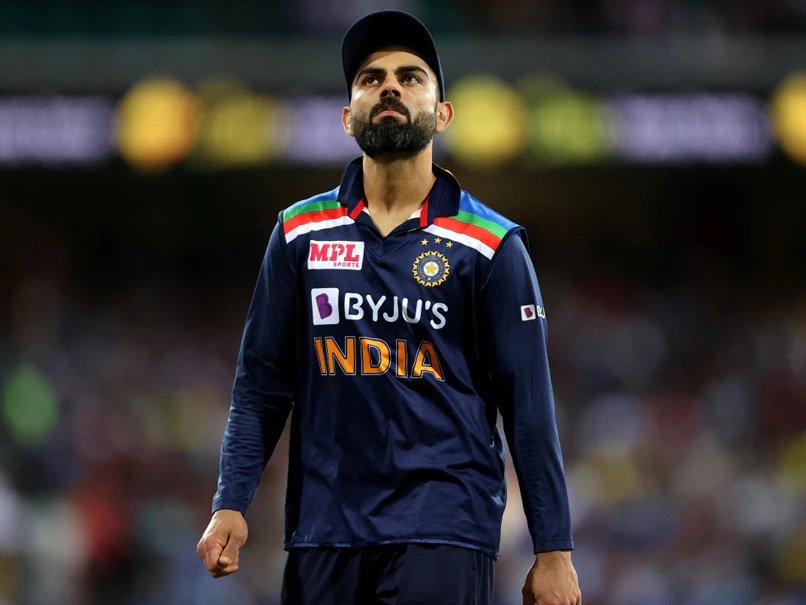
Now, I am a big believer of the fact that a player’s worth cannot be gauged entirely through numbers, but even if it were, Virat has not reached a point where he can be asked to leave.
Let’s start with T20Is, Virat Kohli’s average in the format in 2022 has been 20.25. There is no argument about the fact that it is not good. Point taken. However, his average last year in T20Is was 74.75 and in 2019, it wa 77.66. (Source: ESPN)
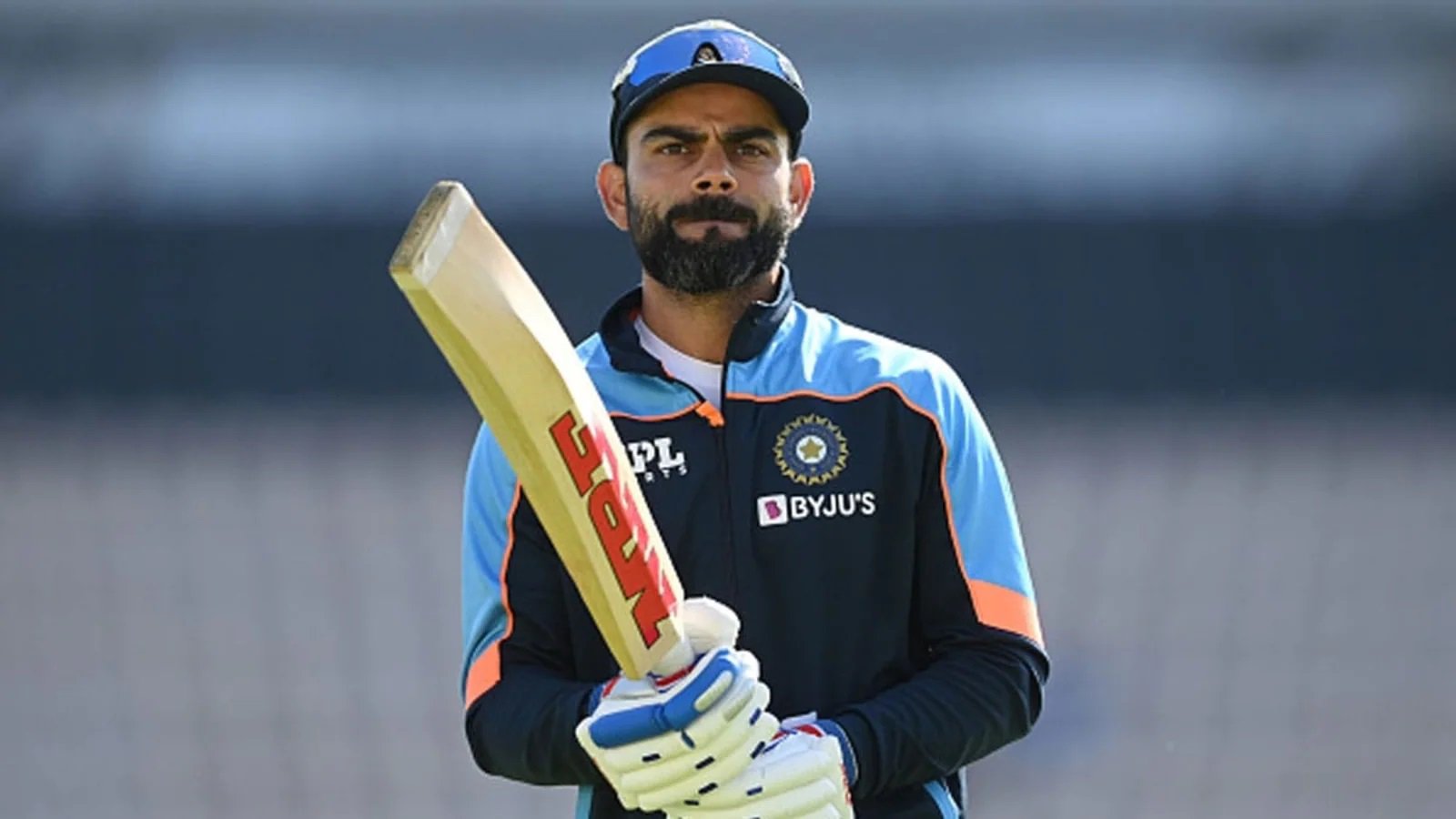
2020 was a bad year for him, as he ended it with the figures of 36.87 off 10 matches but that’s sandwiched between the best T20I cricket he has played; barring 2014, and of course, 2016 when he averaged 106.8. However, the 2016 Virat was seemingly in communication with God, it’s unfair to expect him to be that player through the entirety of his career.
74.75 and 77.66 as averages are more than decent, better than some of the top-ranked T20 players in the world. Interestingly, they come after 30.14 and 37.37 in 2018 and 2017, respectively. This means he redeemed himself when he was allowed to improve and there is absolutely no reason why it cannot happen again.
In that sense, he has earned the chances he is getting.
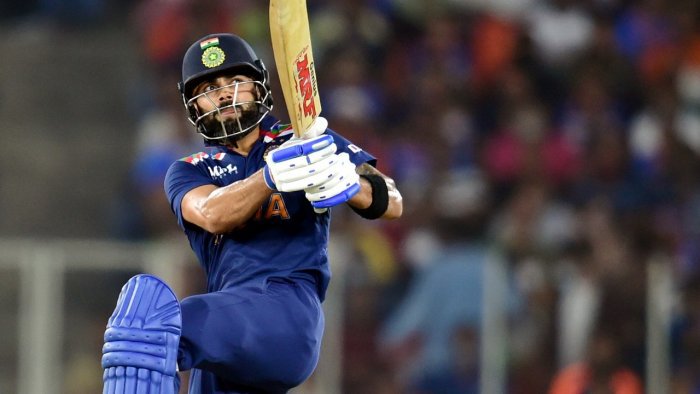
There is a counter to this argument too, and it seems legitimate on the surface: Will everyone be given these many chances since Virat is getting them? The answer is: probably, no. Because everyone isn’t Virat Kohli.
He was making runs and winning matches for India while also captaining the team across 3 formats. There is a certain professional pedestal he has put himself on, and is now, reasonably, reaping the ‘benefits’.
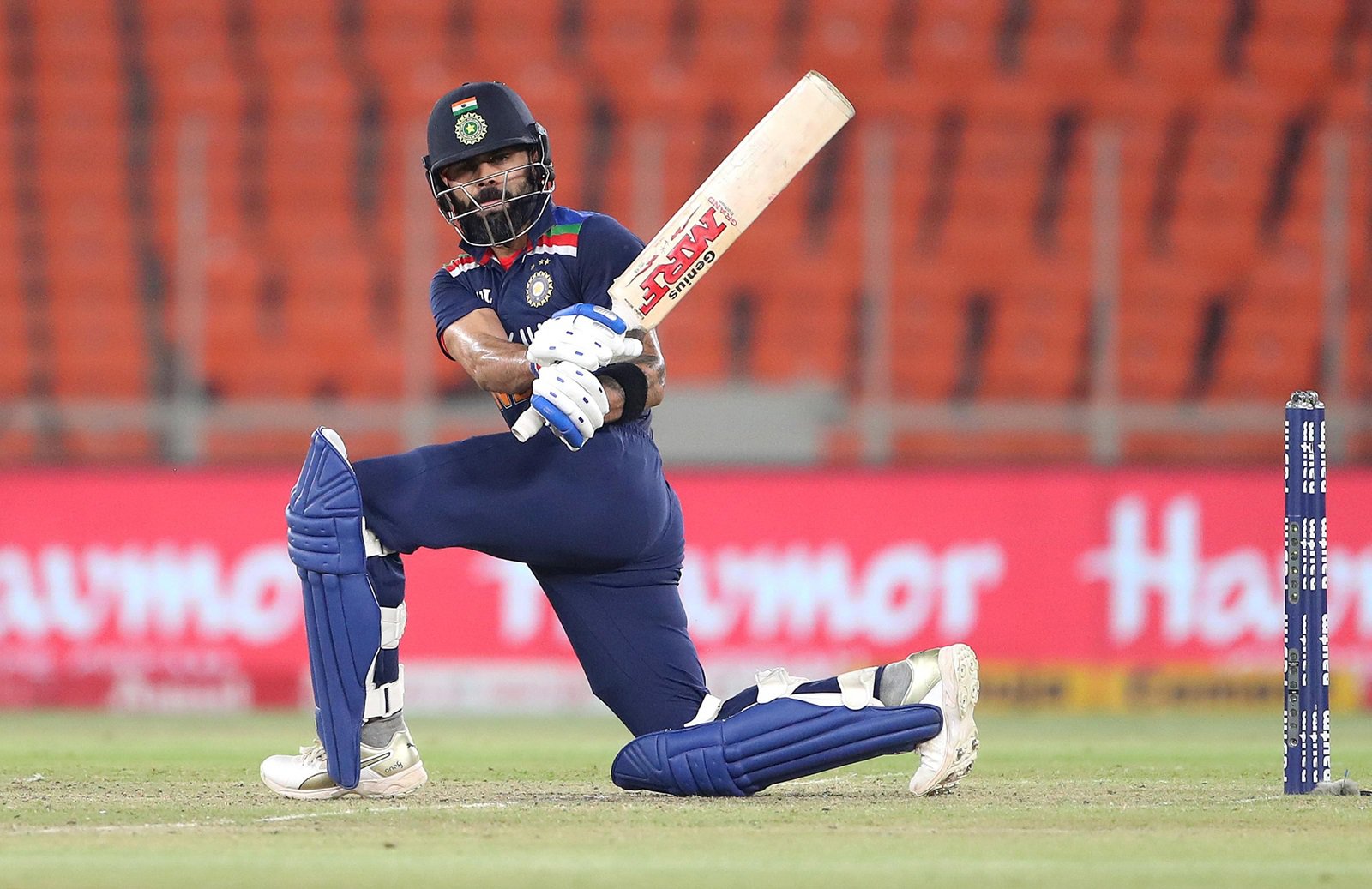
Another reason for why Virat should be excluded from the team, that is doing rounds, is that players before him, even good ones like Ganguly, were not given as many chances as him. Well, first of all, I do not lean very strongly towards that school of thought.
If players before him were not given as many chances, that was a result of circumstances at that point in time. In cricket, as is the case in any sport, strategies change from time to time, as do decision-makers. If an approach worked a decade ago with a certain player, doesn’t mean it will work now with a different one.
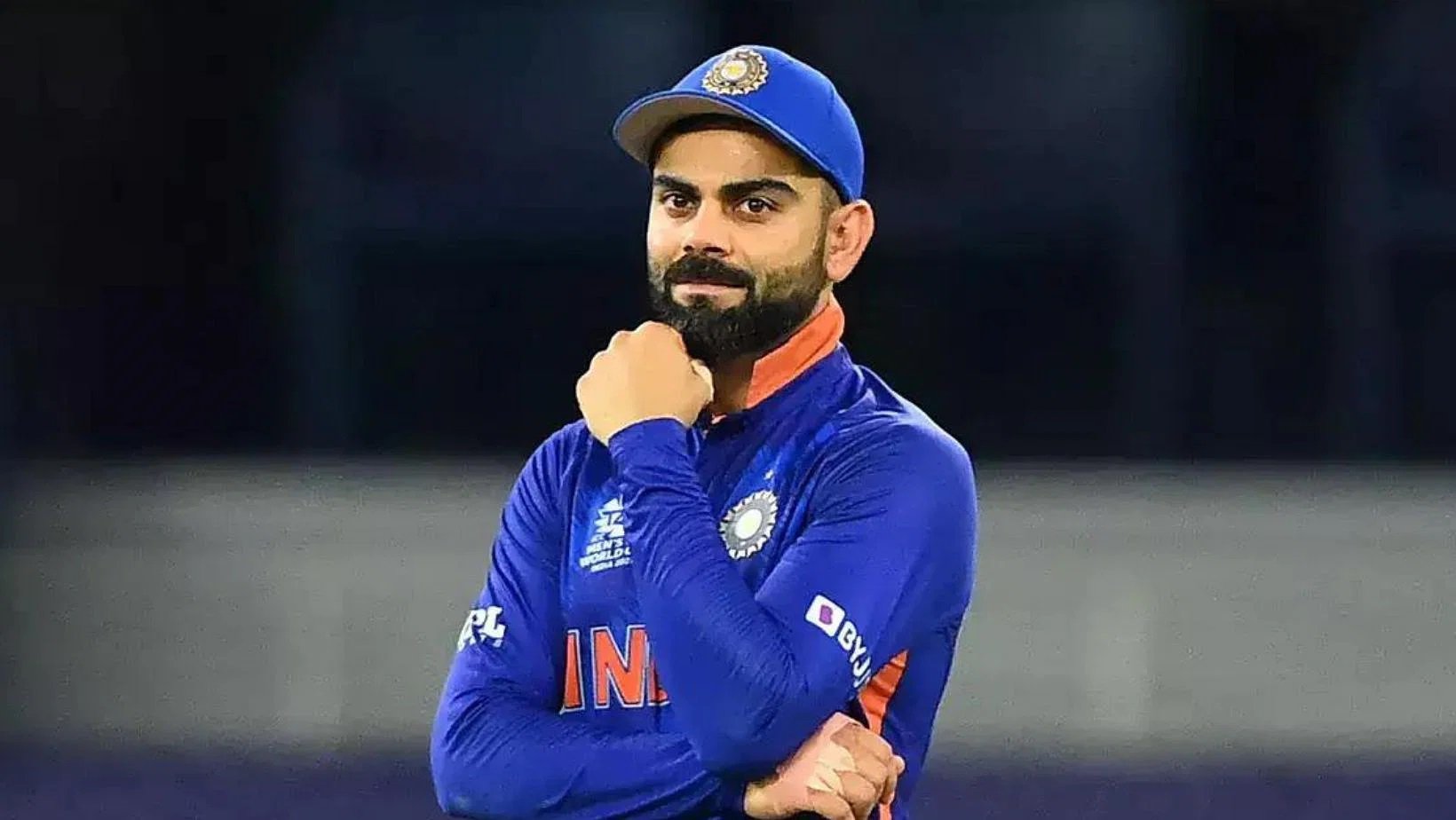
Yes, certain principles remain the same, and they should but in this case, there is more context to the whole scene. Ganguly was ousted at a very controversial time, during his very public rift with the then coach Greg Chappell. Plus, once again, you would want to look at the numbers.
In 2005, a year before Ganguly was benched, he averaged 17.41 in ODIs in 13 matches. In 2004, this figure was 32.65 – these were the lowest averages of his life. He came down from a straight 42.00 in 2003 to 32.65.
There was no ebb and flow, there was constant decline in the performance for almost 3 years, and hence, it is wrong to say that he was not given as many chances as Virat.
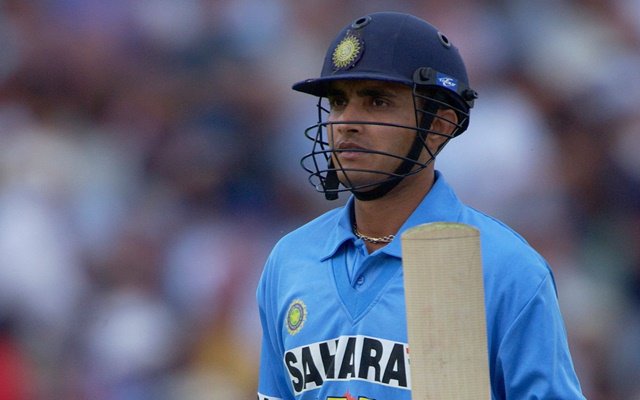
The boon and the curse of being Virat Kohli, are the same. It’s being Virat Kohli. The sky-high, unbelievable records you once made haunt you like the ghosts of the past because people’s memories are short and expectations, high.
However, if numbers and contributions are the parameters we are going by (which we should be), a lot of people will need to punctuate their sentences better and end them with ellipses. To quote his friend and former captain, MS Dhoni, “Till full stop doesn’t come, the sentence is not complete”. Virat is not done, yet.

















